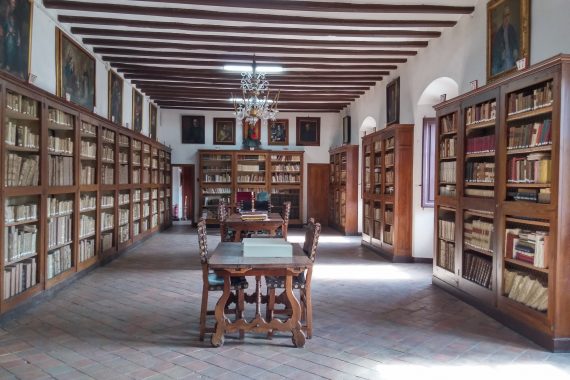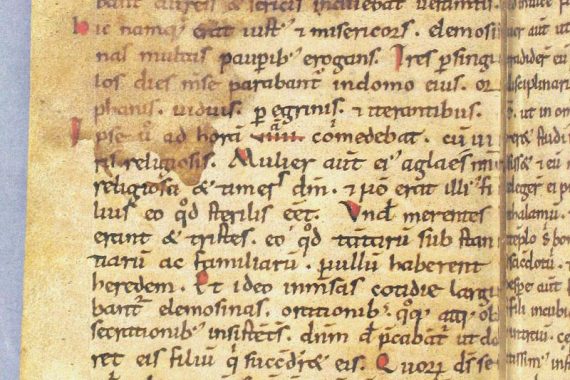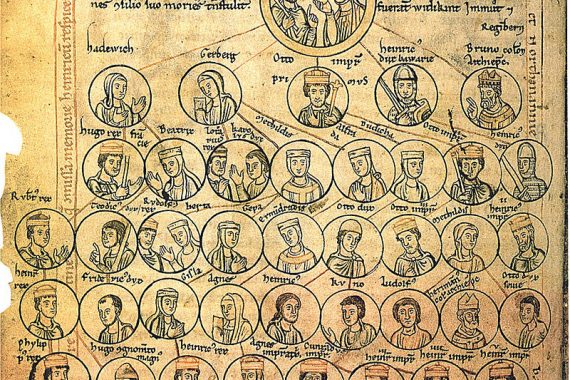Synergy Event Barcelona 24-26 May 2018
In the sunny and stimulating environment of the cities of Barcelona and Vic, the members of the ‘After Empire’ project, as well as Sumi Shimahara (Paris), Philippe Depreux (Hamburg) and Charles West (Sheffield) visited various archives and libraries studying early medieval Catalan manuscripts. This was done as part of the preparation of a bilingual (English…






